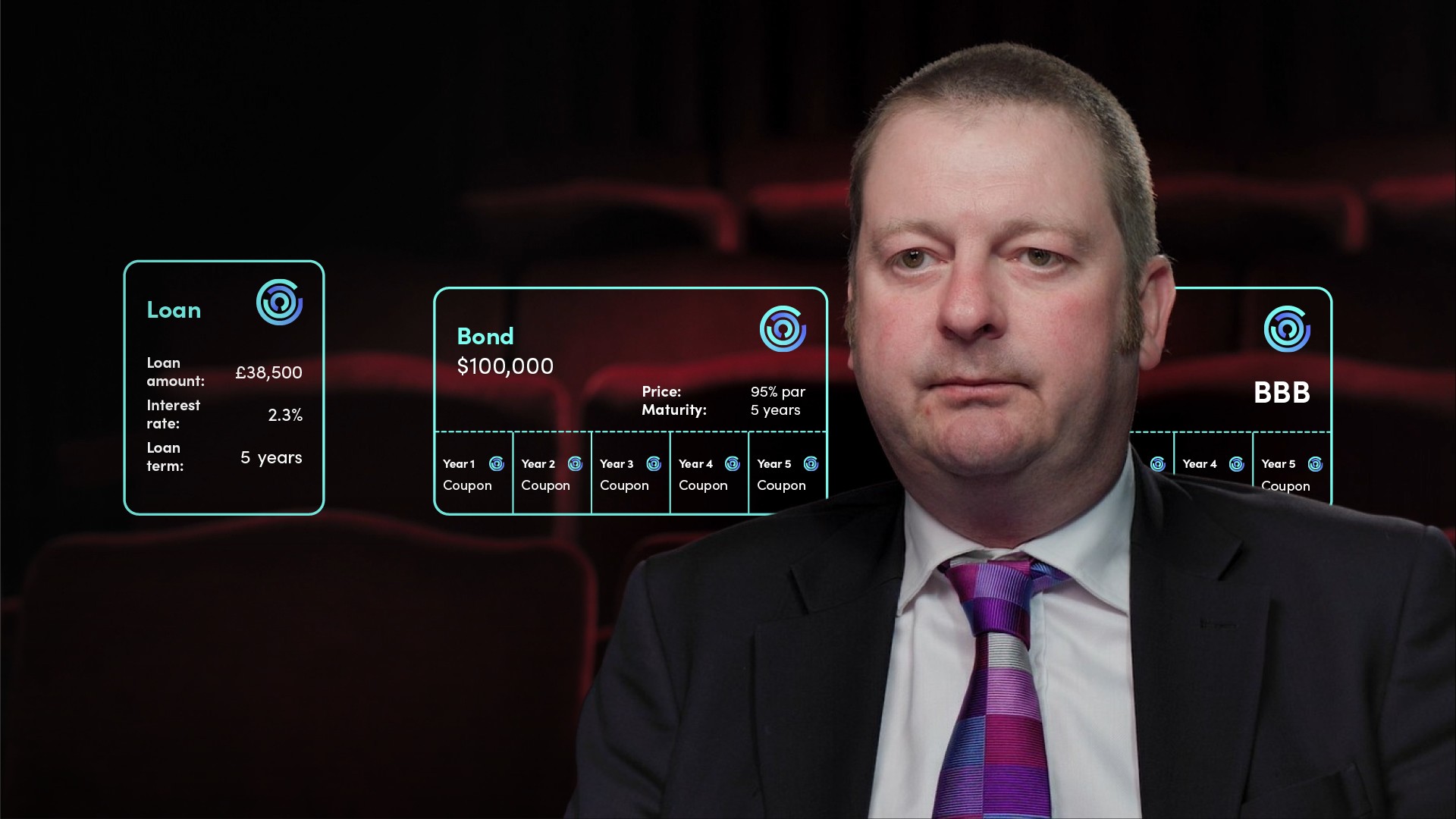
IBOR Transition Update and Synthetic LIBOR (Apr 21)

John Ewan
20 years: Interest rate benchmarks
In this video, John tells us what the market participants must do and plan for in the rest of 2021. He outlines the further developments surrounding LIBOR that we can expect in 2021 and when “synthetic LIBORs” might apply. The potential implications of moving from LIBOR to synthetic LIBORs is also explored.
In this video, John tells us what the market participants must do and plan for in the rest of 2021. He outlines the further developments surrounding LIBOR that we can expect in 2021 and when “synthetic LIBORs” might apply. The potential implications of moving from LIBOR to synthetic LIBORs is also explored.
Subscribe to watch
Access this and all of the content on our platform by signing up for a 7-day free trial.

IBOR Transition Update and Synthetic LIBOR (Apr 21)
14 mins 8 secs
We can expect regulation and legislation that will mandate both the timing and manner of transition, but also hopefully provide assurance on what firms will need to do to be assured of safe harbour.
Key learning objectives:
What all market participants must do and plan for in the rest of 2021
What further developments we can expect in 2021
What “synthetic LIBORs” actually are, how they can be used, and potential implications of moving from LIBOR to synthetic LIBORs
Subscribe to watch
Access this and all of the content on our platform by signing up for a 7-day free trial.
What must market participants from around the world do and plan for the rest of 2021?
No-one should enter into new contracts referencing LIBOR after 2021.
- US - there are some exceptions to this: market-making activities, novation, risk management or supporting central counterparty auction processes following a default by a clearing member firm of that central counterparty.
- Europe - EURIBOR seems likely to continue to be produced and be freely available for use until at least 2025. There is a Risk Free Rate - the Euro Short Term Rate, whose usage will be encouraged. The legacy EONIA rate will be discontinued on January 3rd 2022.
- Hong Kong - Identified HONIA as the alternative RFR but announced there is no plan to discontinue HIBOR. Hong Kong will therefore adopt a multi-rate approach, whereby HIBOR and HONIA will co-exist.
- Japan - They are implementing a multi-rate approach with the overnight Risk Free Rate “TONAR” being promoted while recognising that the reforms implemented by TIBOR’s administrator should ensure that TIBOR can continue to be used.
- Singapore - There is expected to be a transition from SIBOR to the SORA Risk Free Rate,
- Australia - Authorities will allow BBSW to continue. There is also a local Risk Free Rate, known as AONIA.
- Canada - Is adopting a multi-rate approach with both the local LIBOR equivalent “CDOR” and CORRA co-existing as interest rate benchmarks. The calculation and publication of the 6-month and 12-month CDOR tenors will cease from Monday, 17 May 2021 onwards. The 1-month, 2-month and 3-month tenors will not be affected.
What regulation has been introduced within the UK?
- From April 1 2021 firms should not issue loans, bonds or securitisations referencing sterling LIBOR or enter into syndicated lending arrangements that expire beyond the end of 2021
- Firms are expected to prioritise resources to ensure that their systems are 100% ready to move to Risk free Rates and Fallback rates after the end of 2021
- Firms must “intensify their efforts” to transition their stock of legacy contracts or arrangements that reference LIBOR in all cases where the life of these extends beyond the end 2021. These should be moved to a fallback rate, or preferably a Risk Free rate. This work should be completed by the end of Q3 2021
- The FCA acknowledges that the fallback protocols issued by ISDA, offer an alternative to LIBOR post cessation or a declaration of un-representativeness of a LIBOR rate. However the FCA says firms should be prepared to demonstrate the steps they have taken to identify where an active transition to a Risk Free Rate would be more appropriate, and how any residual risks from reliance on fallbacks will be managed
- The FCA discusses “conduct risk” and “treating customers fairly”, particularly in cases where these are retail customers or small and medium enterprises
- Firms will be expected to demonstrate their commitment to Risk Free Rates and the development of deep and liquid markets in these, in all currencies in which they transact
What guidelines have been released in the US?
The Federal Reserve-backed Alternative Reference Rates Committee has said that after June 2021, no-one should initiate new derivative trades, floating-rate securitisations or business loans referencing LIBOR maturing after 2021 unless such trades are for risk or default management of legacy LIBOR positions. They also state that no Collateralised Loan Obligations referencing Dollar LIBOR should be issued after September 2021.
What further developments can we expect in 2021?
All Swiss Franc LIBOR rates will cease at the end of 2021, but Swiss Franc LIBOR is widely used in EU Member States for consumer lending and retail mortgages. The Swiss National Bank has proposed its local Risk Free Rate – SARON, the Swiss Average Rate Overnight – as a replacement. In the second quarter of 2021, the FCA expects to consult on potential powers to compel publication of a synthetic LIBOR.
What is the link between synthetic LIBORs and tough legacy contracts?
If produced, a synthetic LIBOR will only be available for use for pre-existing “tough legacy” contracts. It seems likely that any synthetic Sterling LIBOR will be the Risk Free Rate – SONIA – plus a spread or premium driven by data taken from the Overnight Index Swaps or “OIS” market.
Subscribe to watch
Access this and all of the content on our platform by signing up for a 7-day free trial.

John Ewan
There are no available videos from "John Ewan"






















